1
AUTHOR
Emmanuelle Lequeux
TITLE
Alchimiste, poète, sculpteur : qui est Jean-Luc Moulène ?
IMAGE
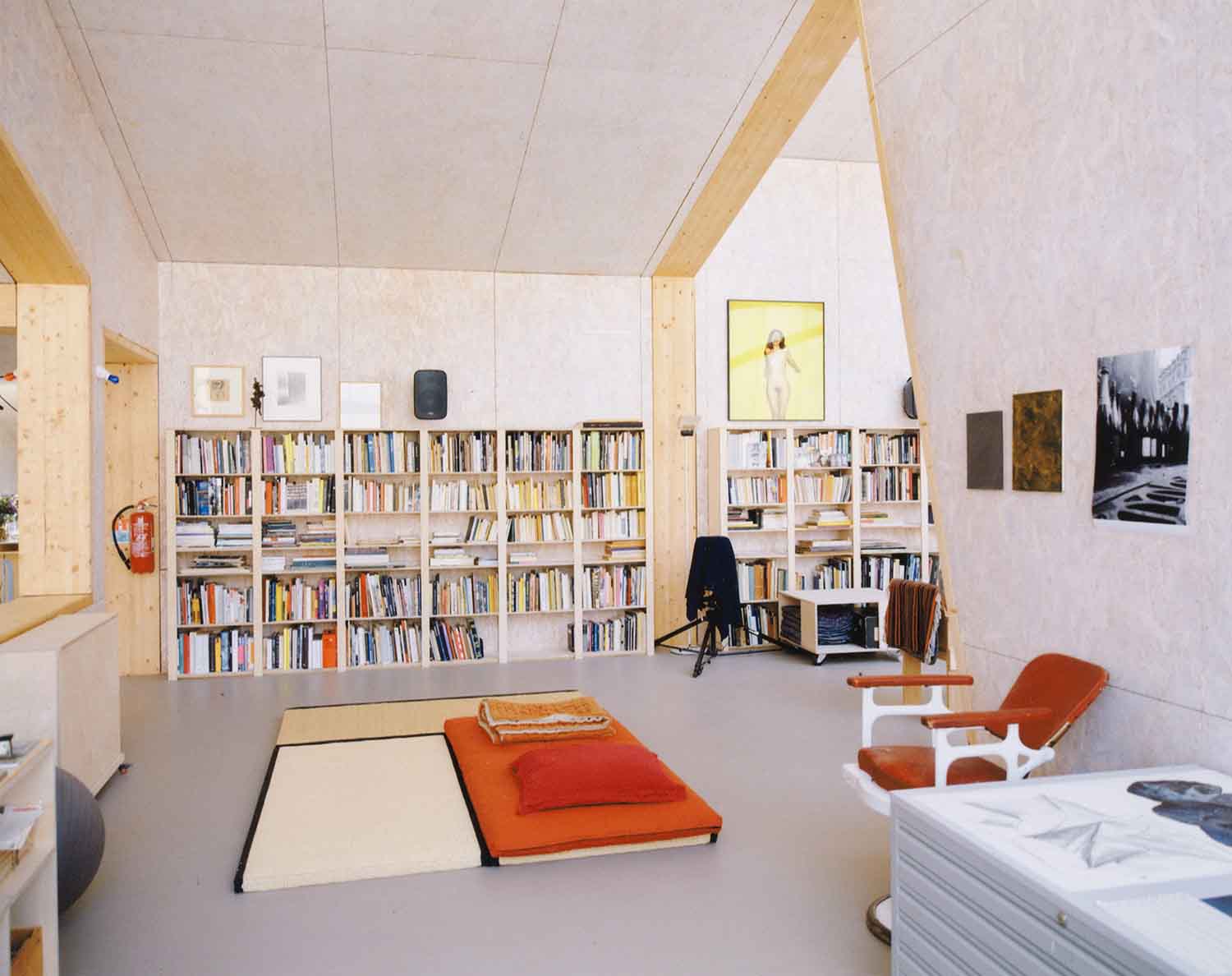
LINK
EXCERPT
Tout l'atelier est organisé en fonction « d'une analyse assez concrète des phases d'une œuvre » poursuit-il. « Au plus reculé, au plus noir, le canapé, là où ça commence: dans ma tête, et graduellement vers le plus lumineux, le plus objecté : le départ des œuvres ». Sous la main, la bibliothèque. À gauche, la salle de dessin. Puis le bureau, le salon, les tatamis. En bas, les maquettes, l'espace de fabrication, les archives et surtout, une salle test. « Dans mon petit atelier parisien, je ne voyais jamais les pièces avant de les exposer, j'étais le nez dessus. Maintenant, je fais des accrochages continûment, au fur et à mesure du travail. Je peux prendre les choses plus à distance. Autonomiser la pratique, avec stockage et entrée/sortie pour un demi-container. »
2
AUTHOR
Fakewhale
TITLE
Manor Grunewald in conversation with Fakewhale
IMAGE

LINK
EXCERPT
‘Re-Painting Class’ is a series I am currently working on and has a lot to do with the position as a painter and an idea of studio voyeurism. I select images from a wide range of hobby books on arts and crafts that show close-up handlings. These images represent a fictive insight within my studio practice.
3
AUTHOR
SUSANNAH FRANKEL
TITLE
The Woman Behind Martin Margiela
IMAGE
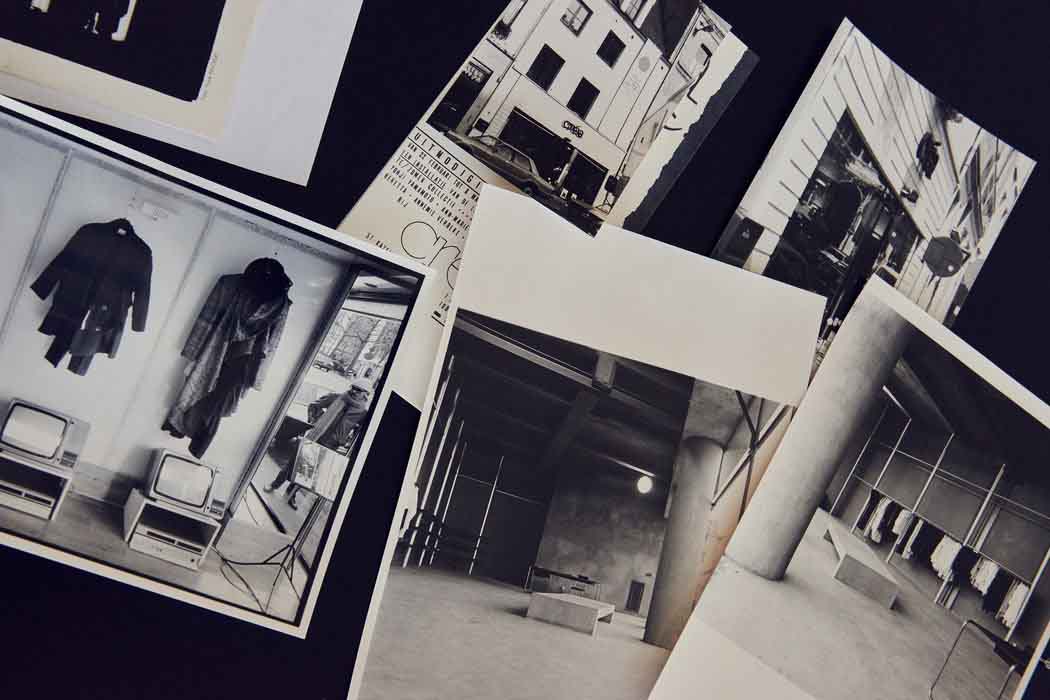
LINK
EXCERPT
Margiela recalls being impressed that in her shop she arranged displays by color, not designer brand. "Though the shop was quite small, the fitting room was its match," he says. "It was here she would advise her customers, acting more as a styling consultant or 'personal shopper' than simply a shop owner. Back then she held a fashion designer exhibition with artist Gorik Lindemans. She often acted as a talent scout, attracted to the artistic and very creative people around. She discovered my work, she was intrigued by it, so we started seeing each other on a regular basis."
4
AUTHOR
Étienne Hatt
TITLE
Aurélien Mole « Faire Image »
IMAGE
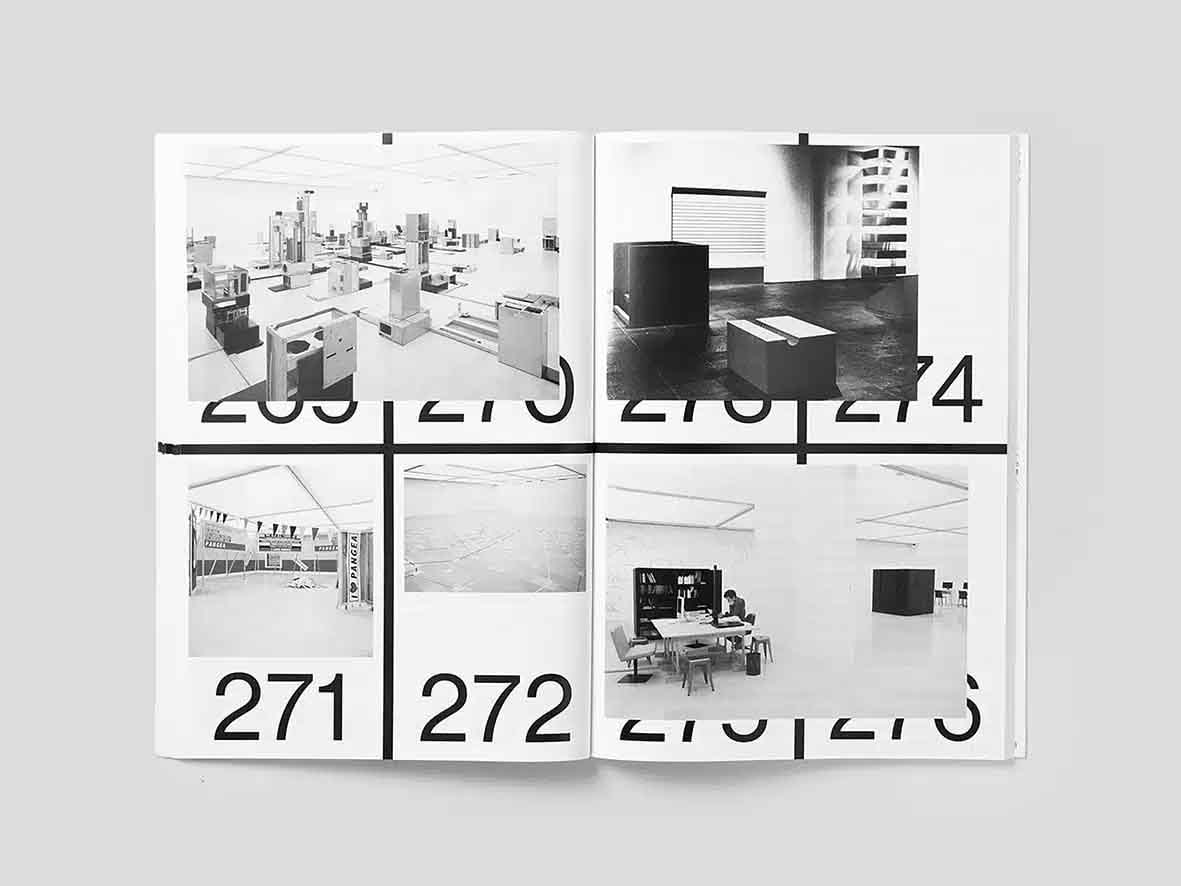
LINK
EXCERPT
On a cherché à exploiter ce rapport aux images prises, non une par une, mais dans un ensemble plus large, avec l’idée que plus on a d’informations sur une image, plus cela modifie le regard qu’on porte sur elle. Nous avons ainsi conçu un système de légendes comprenant 16 entrées prédéfinies : artiste, titre de la pièce, date de réalisation, matériaux, dimensions, lieu de conservation, titre de l’exposition, lieu de l’exposition, photographe, titre de la photographie, date de la prise de vue, support, appareil, provenance, courtesy et copyright. L’idée était celle d’un zoom arrière partant de l’objet jusqu’aux droits sur l’image.
5
AUTHOR
James Ambrose
TITLE
In the Studio with Joseph Yaeger
IMAGE
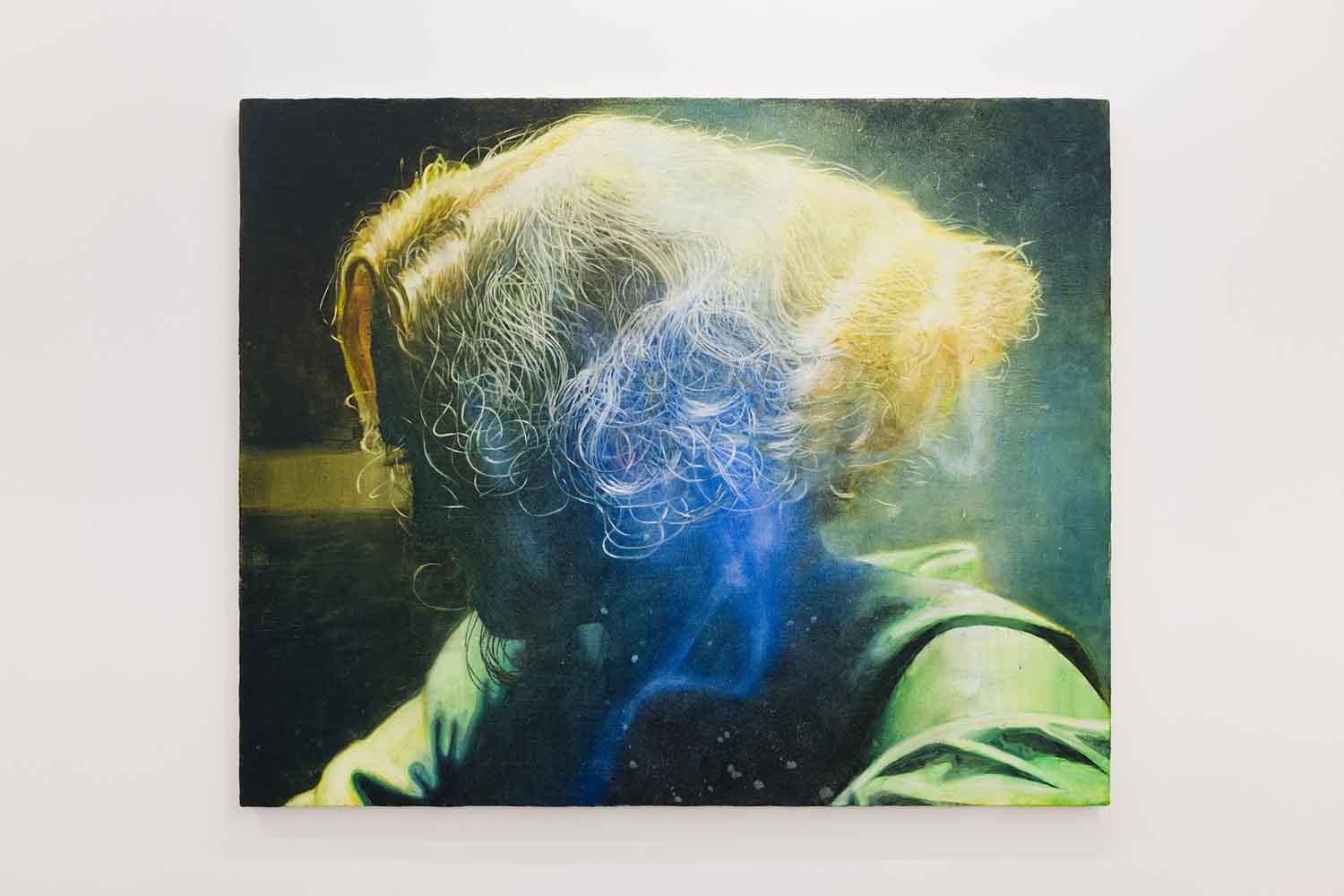
LINK
EXCERPT
After graduation I moved to LA for a couple of years, then London––following my wife both times, if I'm to be honest. Those were personally happy but professionally/vocationally lost years. Almost a decade, in fact. By 2017 I had been working at a cheese shop and moonlighting as a writer/painter for almost seven years and had become deeply familiarised to the quote adult world unquote. I had basically just had it. I felt all of my edges were sanded down. It was, looking back, a logical conclusion to the futurelessness I'd experienced growing up, the passivity, and so in an act of near-desperation I applied to the Royal College. I remember when I got the acceptance letter I was on break at work, sitting at the computer beside a sink in a basement under harsh fluorescents, smelling wafts of the used cheese aprons from the laundry bin. I read 'congratulations' and overflowed with so much joy that I squeezed Julio, the manager, around the head and kissed him, then in a daze just sort of wandered outside and stood in the sun. A very memorable day.
[...] Then of course the borderlessness became its own sort of minefield. Much in the same way overexposure to pornography leads to greater and greater depravity in order to produce the same level of arousal, I began deliberately seeking left-field or weird or out-of-the-way imagery, which was a trap because it pointed towards nothing. I've come to learn it's really just an issue of keeping the horse before the cart, and what this means is, yes, let intuition guide, collect the images from wherever you encounter them, but also keep up your antennae for that feeling of a fulcrum or a 'sun', when the weight begins to shift and/or things begin to orbit. It's astonishing what, if you're listening, your collected choices will tell you––what they indicate and where the arrow is pointed. Lately I'll do the random collecting thing until a handful of the paintings seem to cohere, and from there begin to seek more deliberately imagery within the bounds that those paintings determined––the machine, in other words, responding to itself.
[...] Then of course the borderlessness became its own sort of minefield. Much in the same way overexposure to pornography leads to greater and greater depravity in order to produce the same level of arousal, I began deliberately seeking left-field or weird or out-of-the-way imagery, which was a trap because it pointed towards nothing. I've come to learn it's really just an issue of keeping the horse before the cart, and what this means is, yes, let intuition guide, collect the images from wherever you encounter them, but also keep up your antennae for that feeling of a fulcrum or a 'sun', when the weight begins to shift and/or things begin to orbit. It's astonishing what, if you're listening, your collected choices will tell you––what they indicate and where the arrow is pointed. Lately I'll do the random collecting thing until a handful of the paintings seem to cohere, and from there begin to seek more deliberately imagery within the bounds that those paintings determined––the machine, in other words, responding to itself.
6
AUTHOR
ARCHIVE OF DECONSTRUCTION
TITLE
Jean Tinguely, Homage to New York, 1960
IMAGE
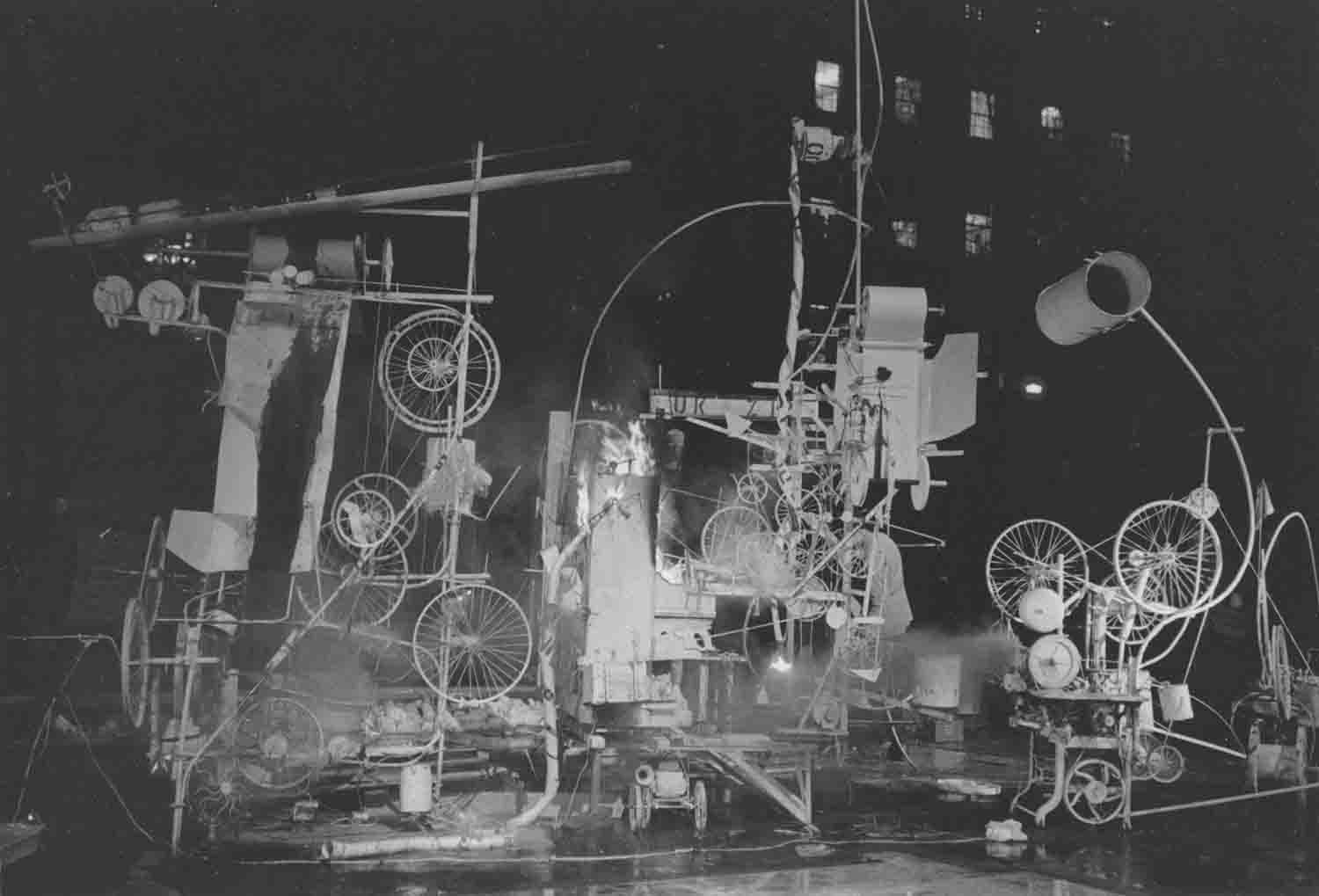
LINK
EXCERPT
Jean Tinguely was invited by the Museum of Modern Art in New York to produce a work to be performed in the Sculpture Garden in March 1960. In collaboration with other engineers and artists, among them Billy Klüver and Robert Rauschenberg, he produced a self-destroying mechanism that performed for twenty-seven minutes during a one-night-only public event for two hundred and fifty invited guests.
8
AUTHOR
Figure FIGURE
TITLE
N°57 – Conversation avec Victoire Inchauspé
IMAGE
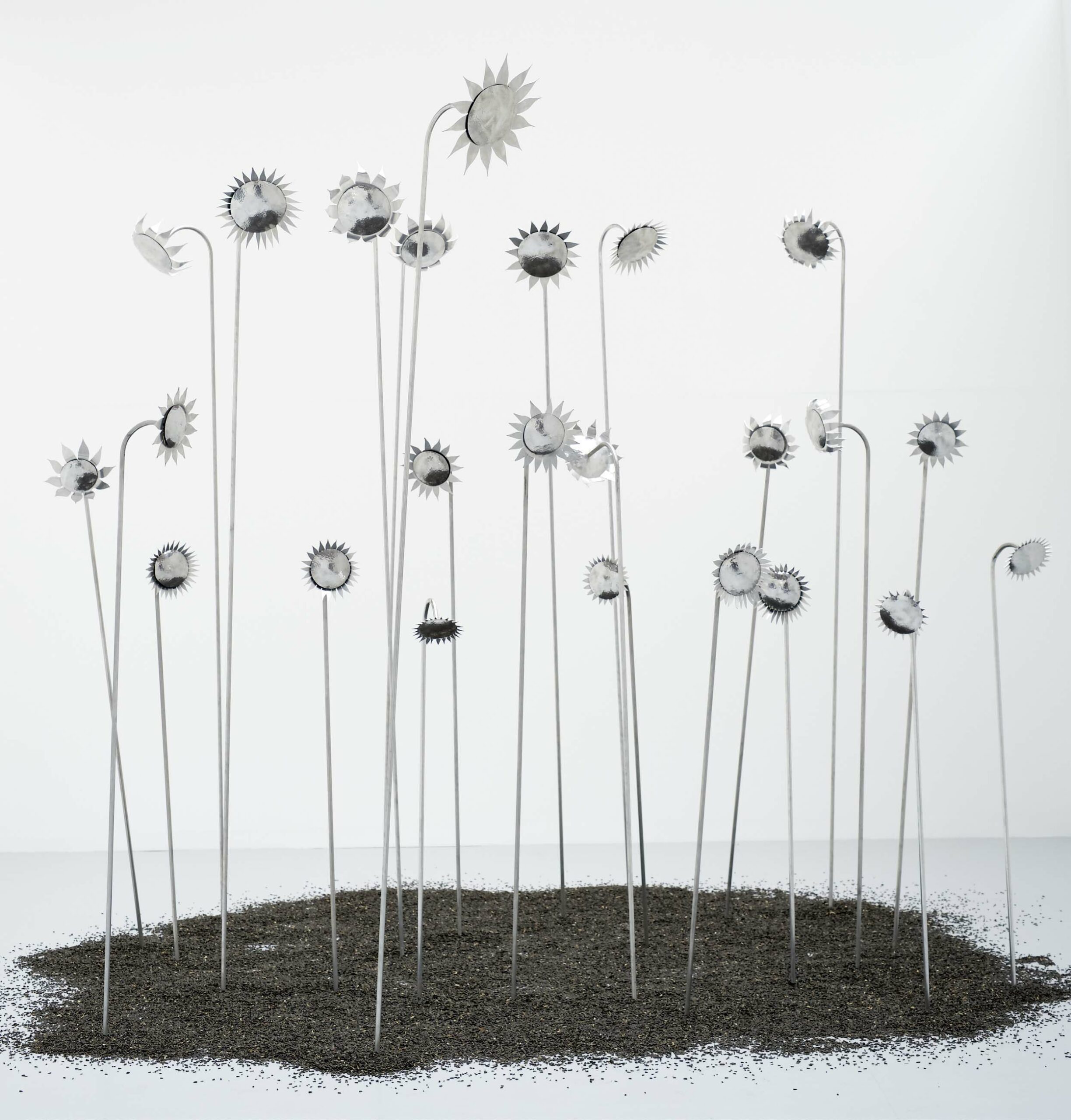
LINK
EXCERPT
Tout ce qui existe se métamorphose : la vie s’avère être un processus de changement et de transformation constante. L’atelier est un bon endroit pour appréhender la fin comme un changement d’état et non une fatalité.
Ma démarche, qui implique de glaner des objets pour les incorporer dans mes sculptures, va d’ailleurs dans ce sens. Ces objets sont chargés d’une histoire qui leur est propre et participent à la création de nouvelles narrations. C’est aussi le cas des matériaux qui semblent avoir une durée de vie relativement limitée, ceux dont l’état matériel est relativement précaire à l’instar des fleurs séchées, de la glace, etc.
Ma démarche, qui implique de glaner des objets pour les incorporer dans mes sculptures, va d’ailleurs dans ce sens. Ces objets sont chargés d’une histoire qui leur est propre et participent à la création de nouvelles narrations. C’est aussi le cas des matériaux qui semblent avoir une durée de vie relativement limitée, ceux dont l’état matériel est relativement précaire à l’instar des fleurs séchées, de la glace, etc.